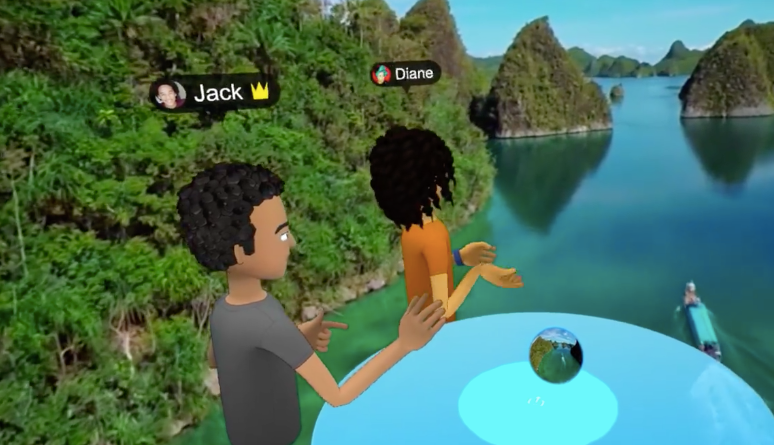How Can Facebook’s Spaces VR Program Help Patients and Consumers?
First published April 20, 2017
Overnight at Facebook’s F8 conference, Mark Zuckerberg officially announced the launch of Facebook Spaces in beta. Using the Rift platform and available on the Oculus store, purportedly all that’s needed is Oculus Touch and an Internet connection.
Essentially, this means Facebook is adding virtual face-to-face interaction. This is a huge win for patients and healthcare consumers.
There are several ways in which we think virtual reality through Facebook will help patients, consumers and clinicians.
Patient communities are a burgeoning interest in healthtech. The Mayo Clinic Connect is an online messaging and education platform where patients and carers can chat with others suffering the same or similar illnesses. Australian app CancerAid is also building patient communities and sharing the burden of cancer with the millions affected by cancer worldwide, through their app for iOS and Android. Imagine the potential for communities to virtually “talk” with each other.
Patients can create avatars and share vivid experiences with each other, including their Facebook photos and 360 degree videos. Imagine taking a 360 video of your community hospital’s dialysis unit in Chile with your smartphone, and sharing that in real time with your friends in Norway.
Screenshot from Facebook Spaces Oculus’ launch video.
The potential for healthcare education is huge. Facebook Spaces includes a drawing function, meaning that potentially, clinicians could educate patients and families in a more hands-on way, without needing to be in the same room as them. Of course, this helps students and clinicians train for procedures and study for exams, as well. This could come in handy for rural and residential communities who may not be able to travel to the city for care so readily. Hospitals, clinics and education centres producing educational video content (such as the Royal Children’s Hospital) could potentially integrate their videos into Facebook Spaces, and nurses and staff could help teach with the added drawing function inside the virtual classroom. Imagine teaching a patient about what to expect from a hospital visit through a virtual tour on Facebook Spaces. (Or through our anaesthetist friend’s made-for-VR video!)
Facebook Spaces also adds another potential dimension to telehealth. Using Facebook Messenger, video calls can be made, including outside of Facebook to the “real world”. We imagine chatbots for Messenger like Amelie, the mental health chatbot, will have incredible functionality here, where the user’s virtual avatar can consult “face-to-face” with the chatbot counsellor. Sometimes it’s easier to chat to someone you can’t look directly in the eye, and we can imagine people who are too uncomfortable to talk to a face-to-face counsellor or who can barely get out of bed when in a bout of depression may find it easier to start with a chatbot. (One of Amelie’s functions is to guide the participant to further help, rather than replace a professional psychiatrist or psychologist.)
And from a global health perspective, users will be able to virtually “travel” with chatmates and experience different environments. This could help with disaster resource planning, for example sharing VR videos and 360 photos of earthquake – ravaged zones with aid organisations to help their planning for resources and deployment. Similarly, can you imagine how design of healthcare spaces will be impacted? Oculus’s YouTube video above shows a user sharing photos of the apartment she just bought. Again, the virtual tour aspect of public buildings and clinics can help plan for better patient care through architecture and design. Imagine sharing 360 pictures of your Emergency Department layout with other EDs around the world at conferences; or performing emergency simulation training through VR tours and demonstrations.
Are you an app developer or health tech startup founder? Now you have a whole new avenue of possibility to think about when integrating social functions into your product.
Of course, cautions about security and encryption of call content apply here, but just imagine the potential…
Got any ideas for how you will use Facebook Spaces in healthcare or for leisure? Comment below and please share this article if you enjoyed it. Sign up for our mailing list if you’d like more updates like these.

